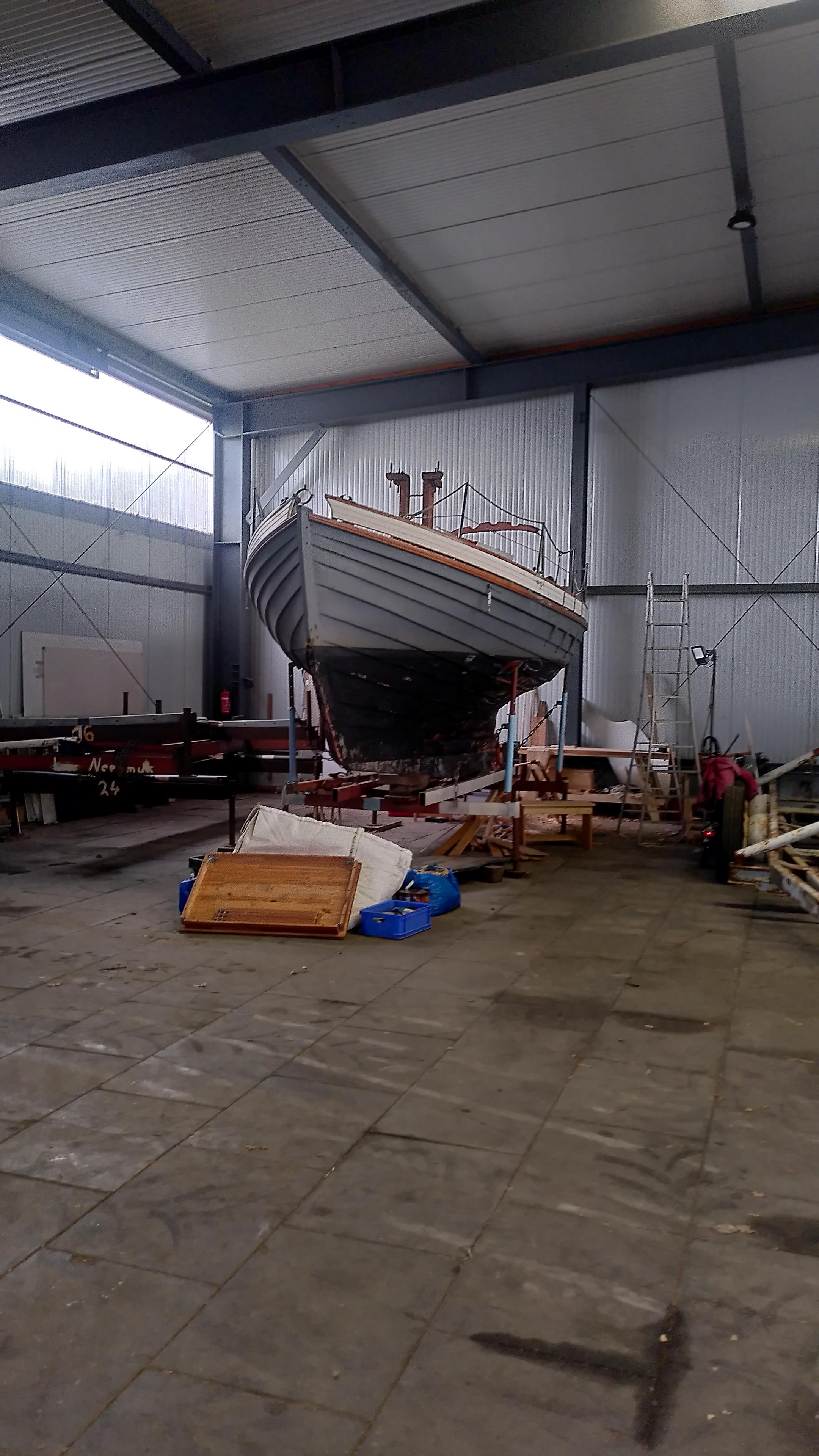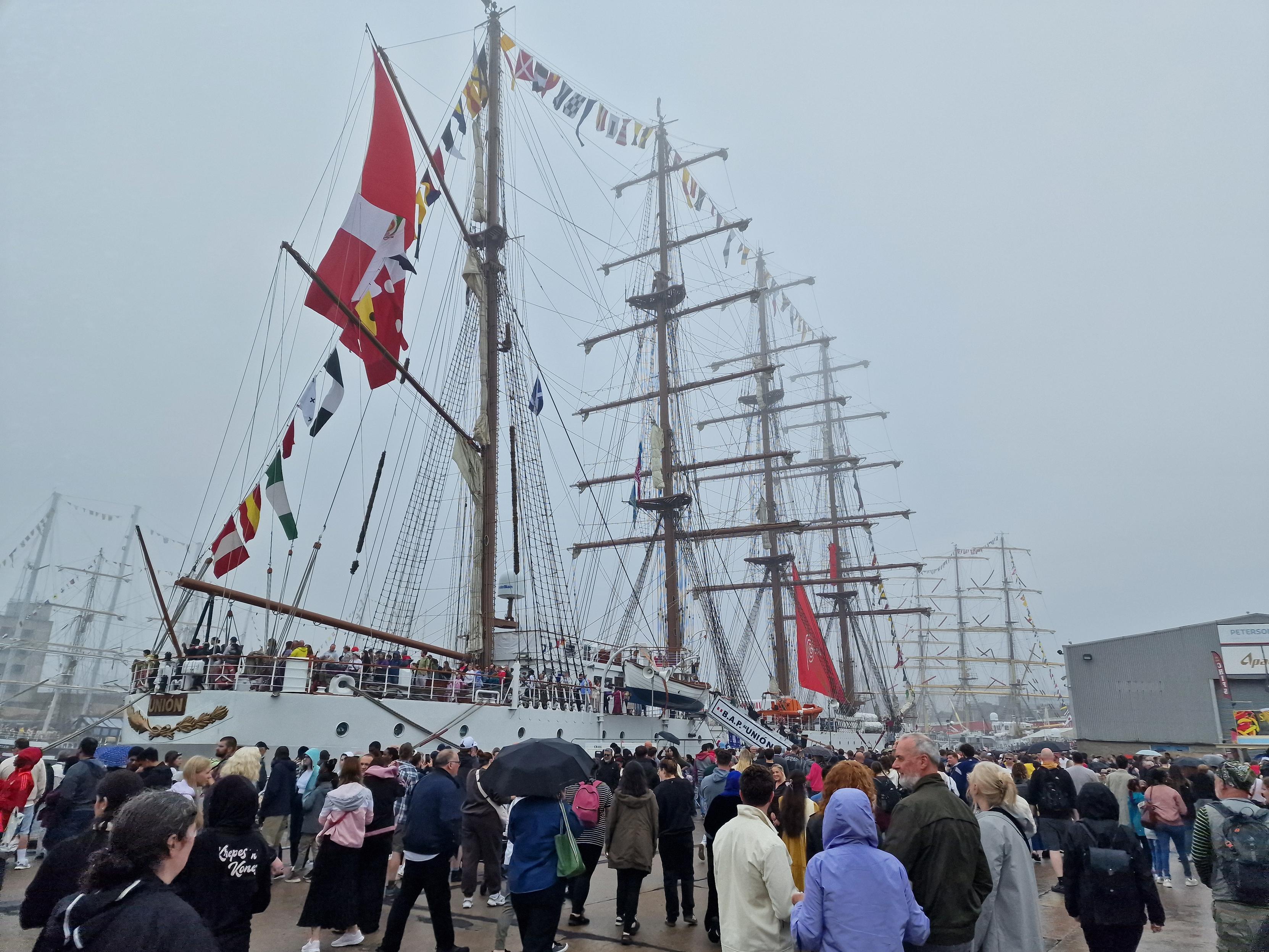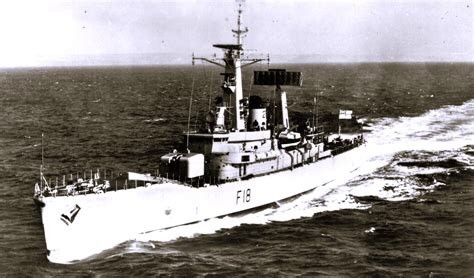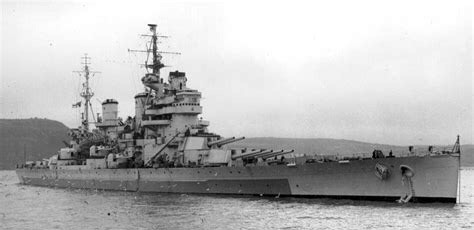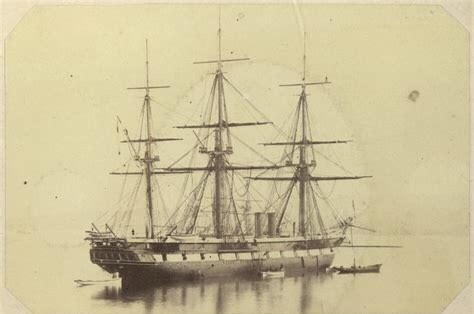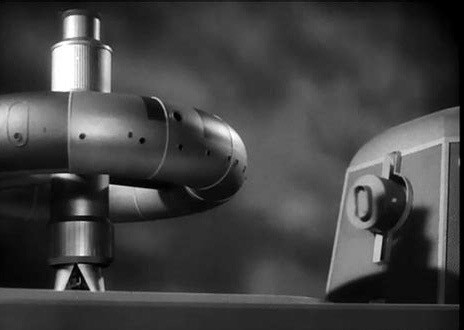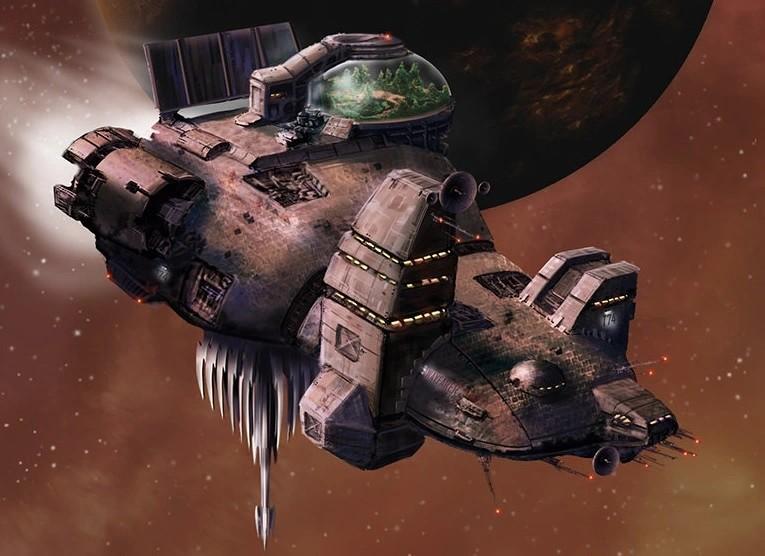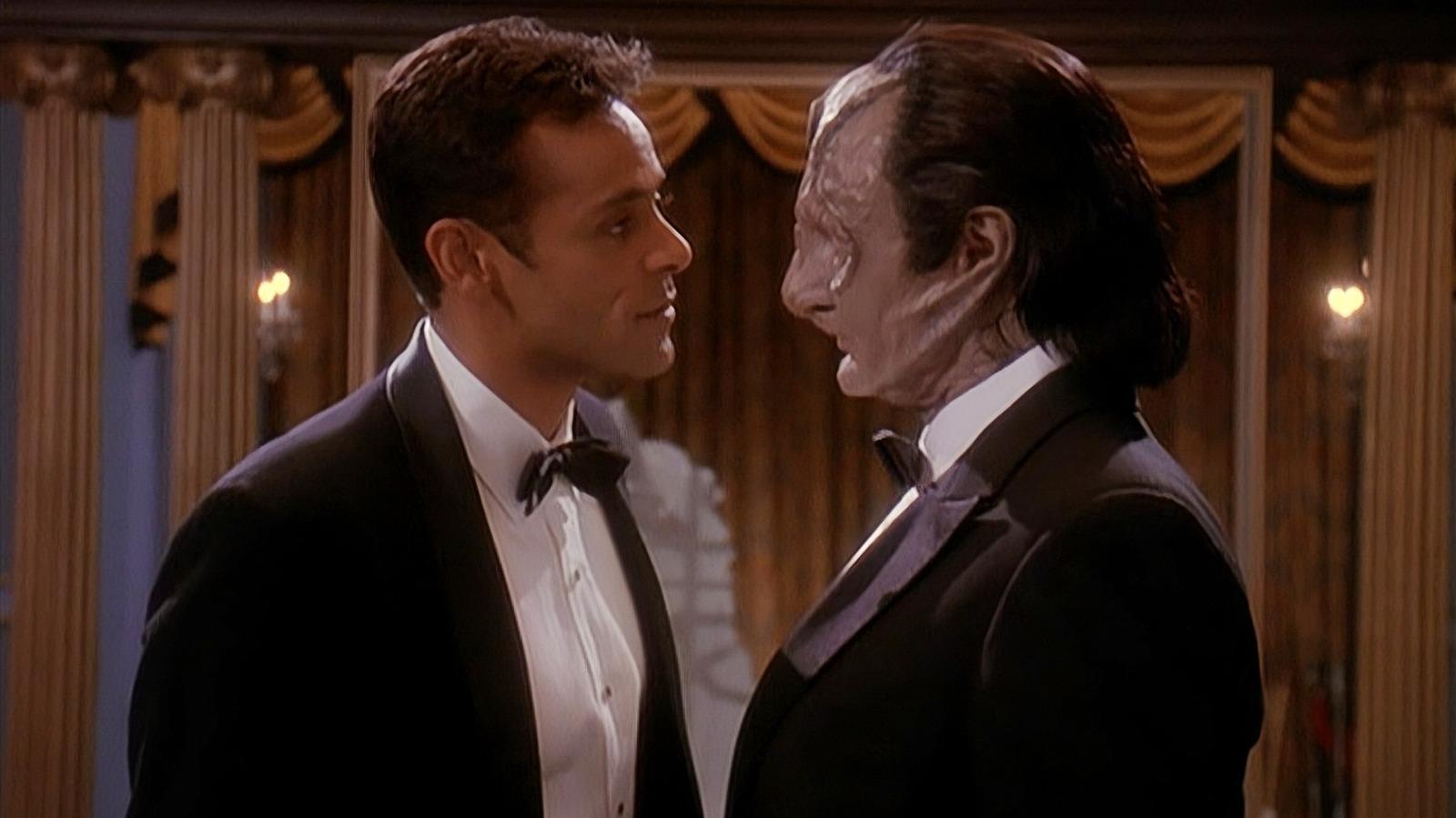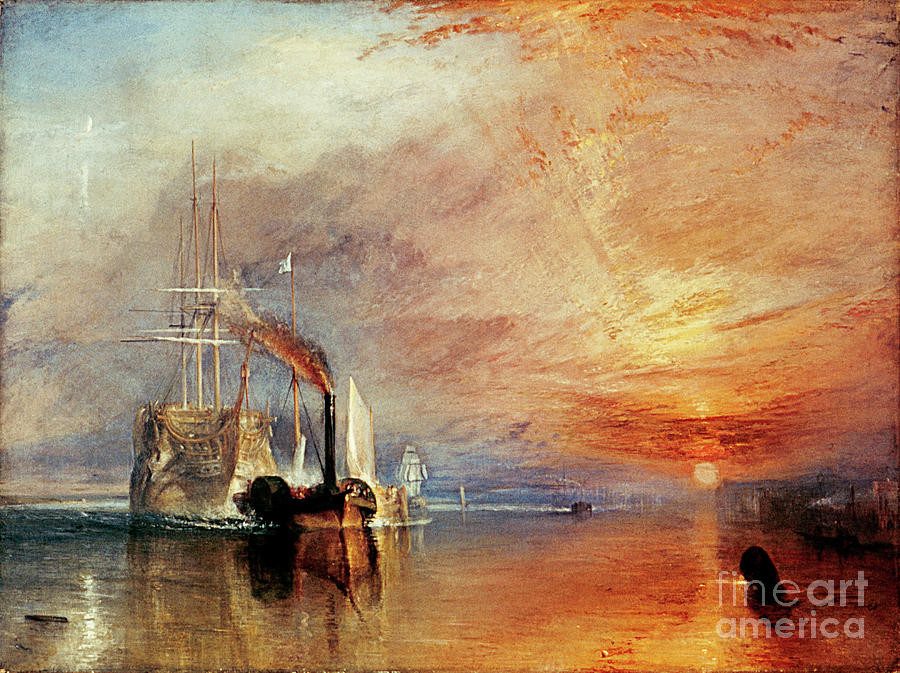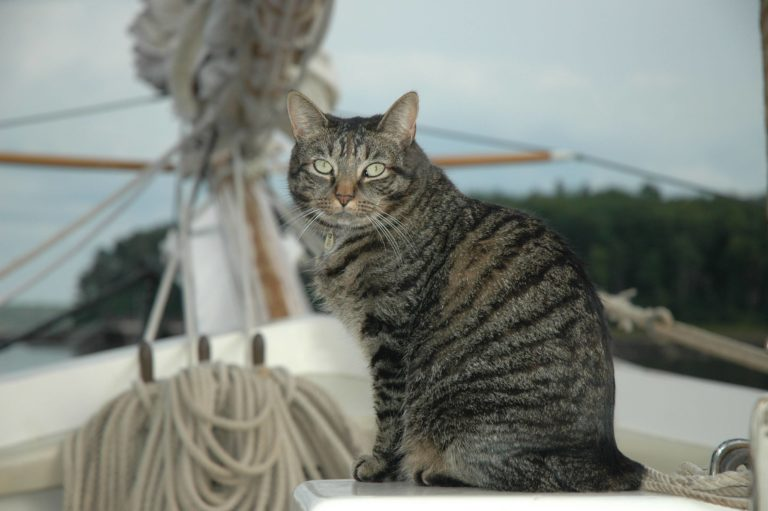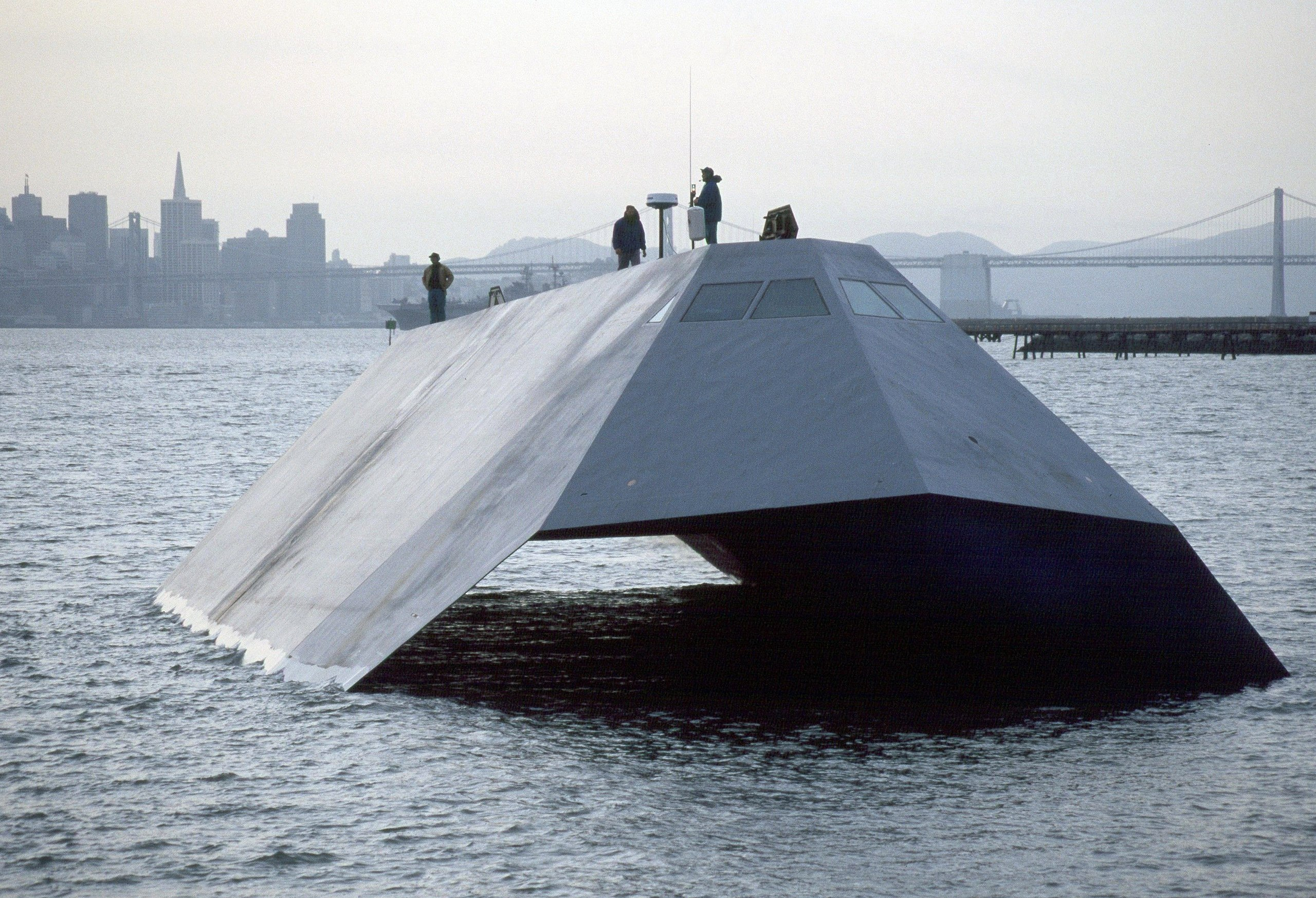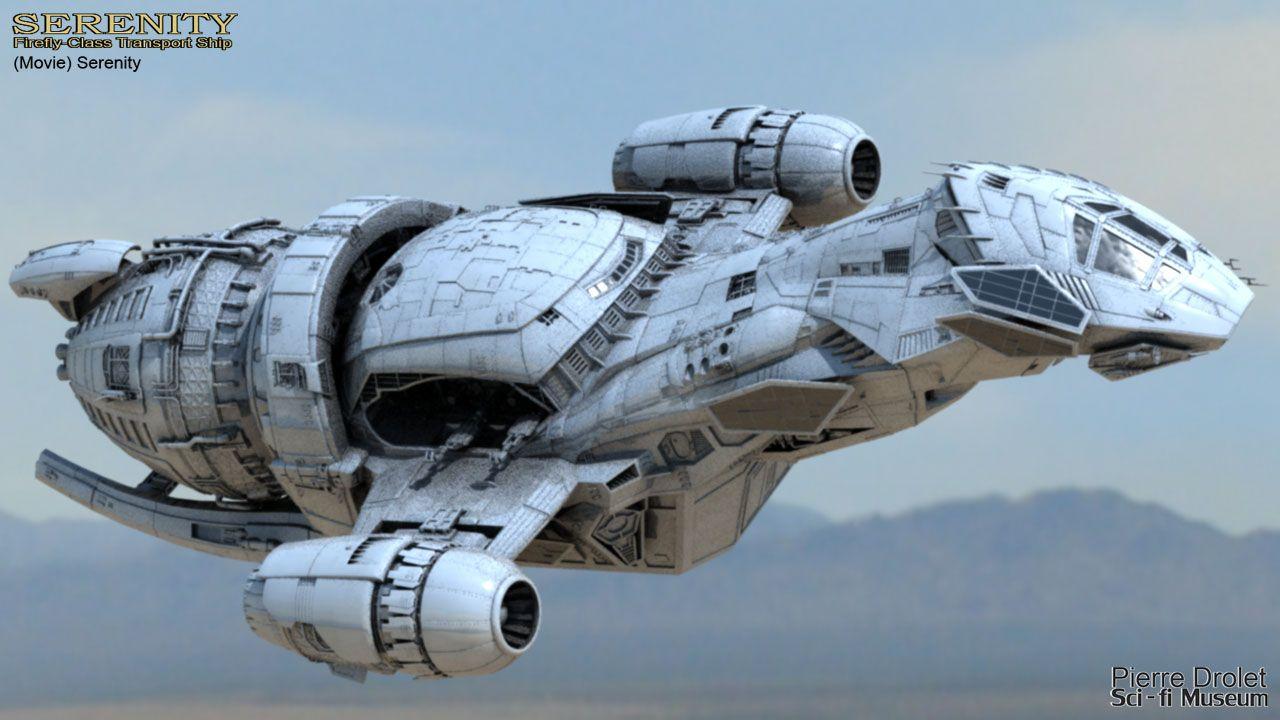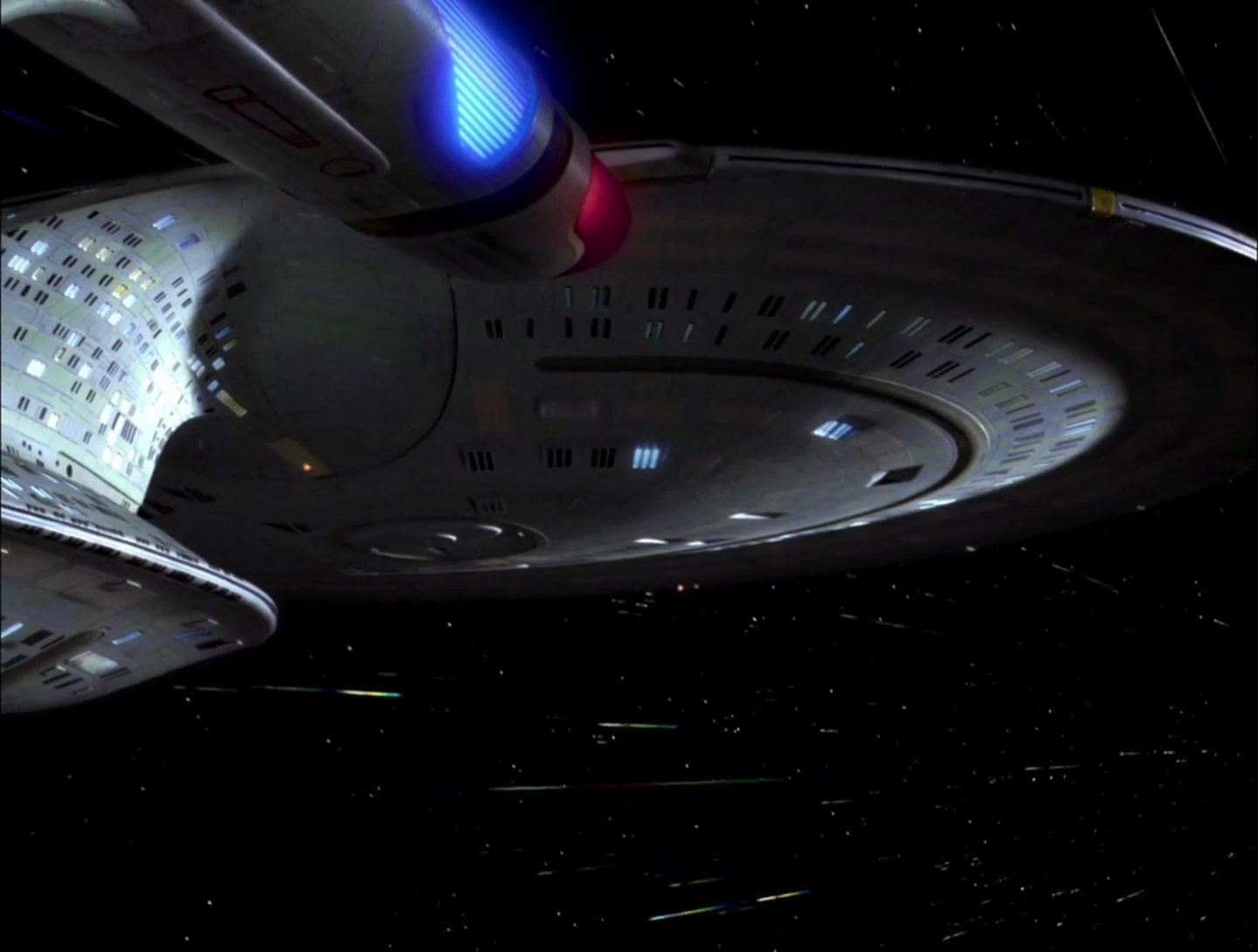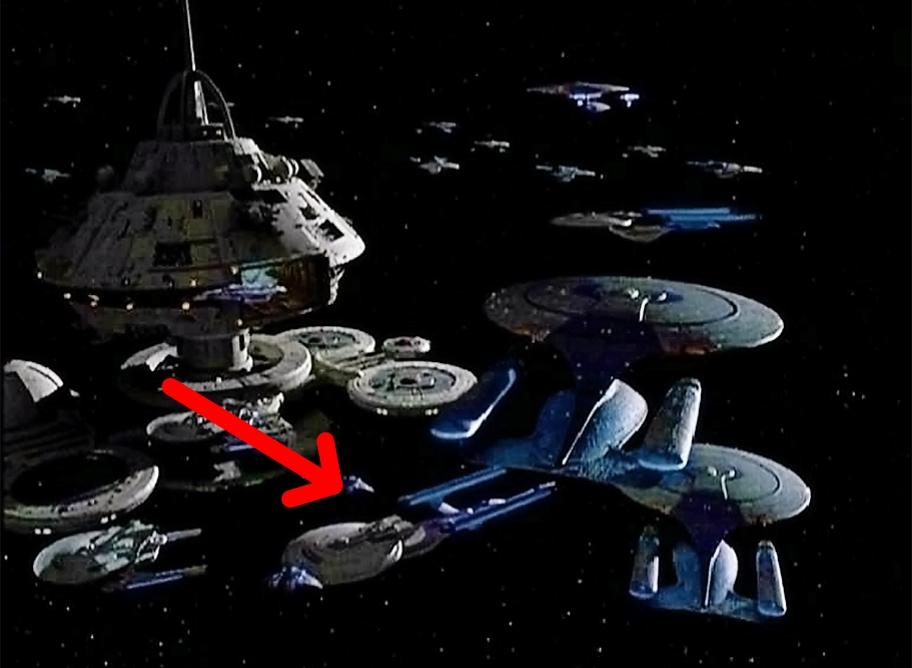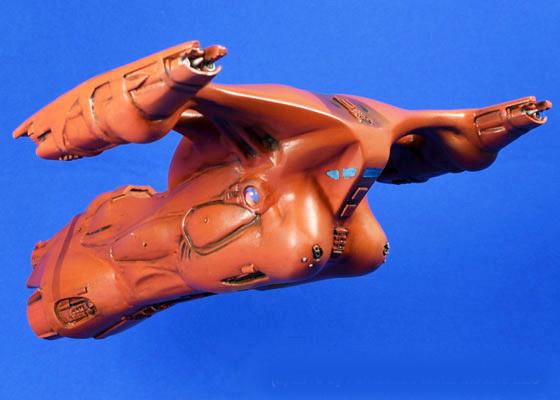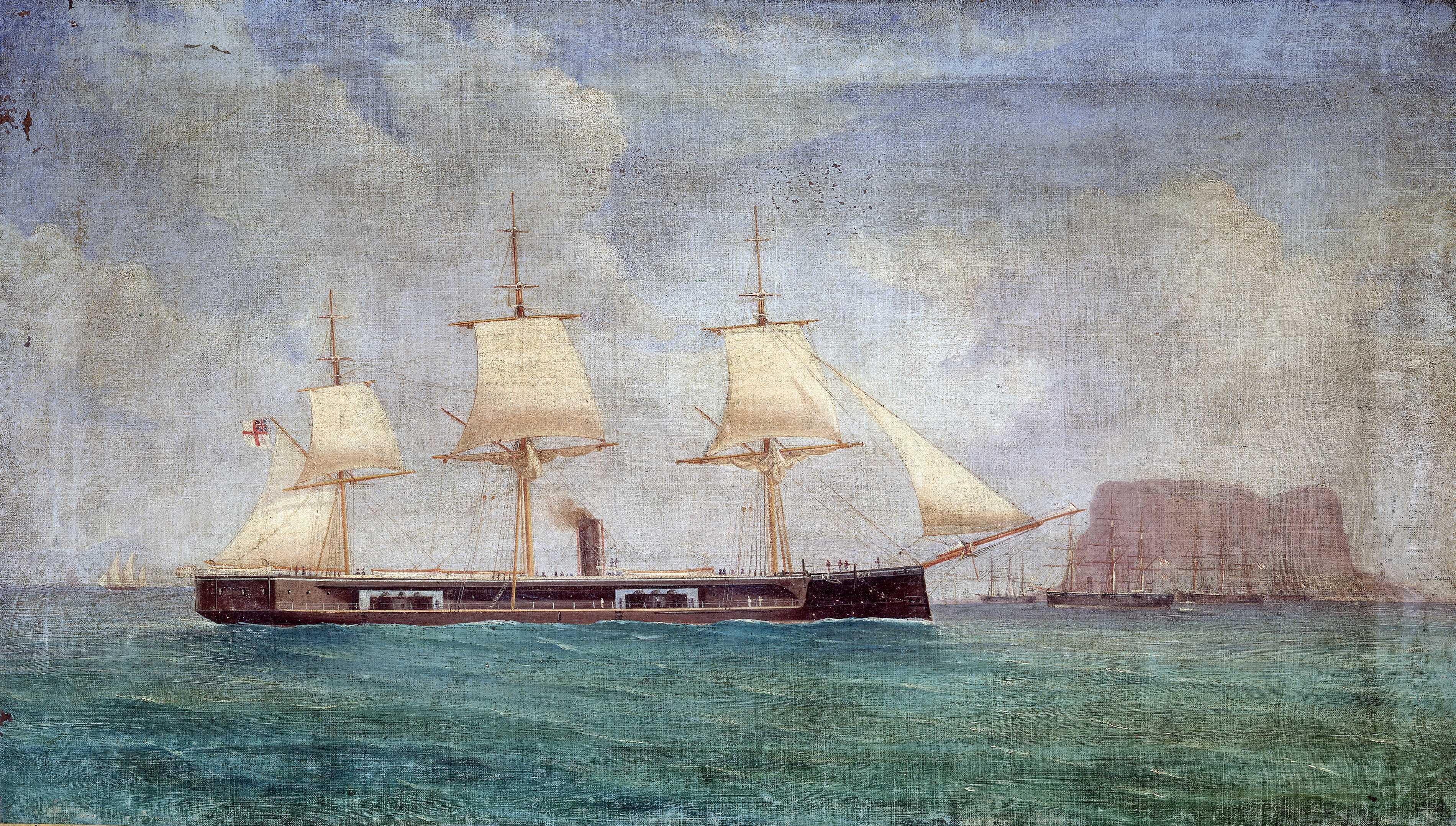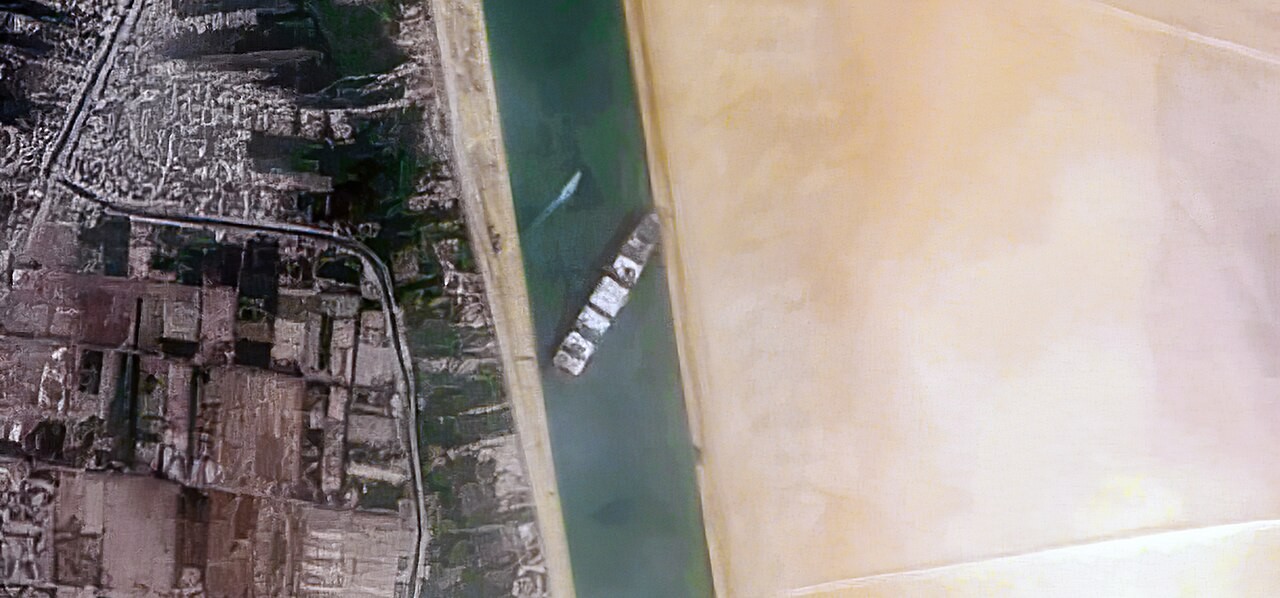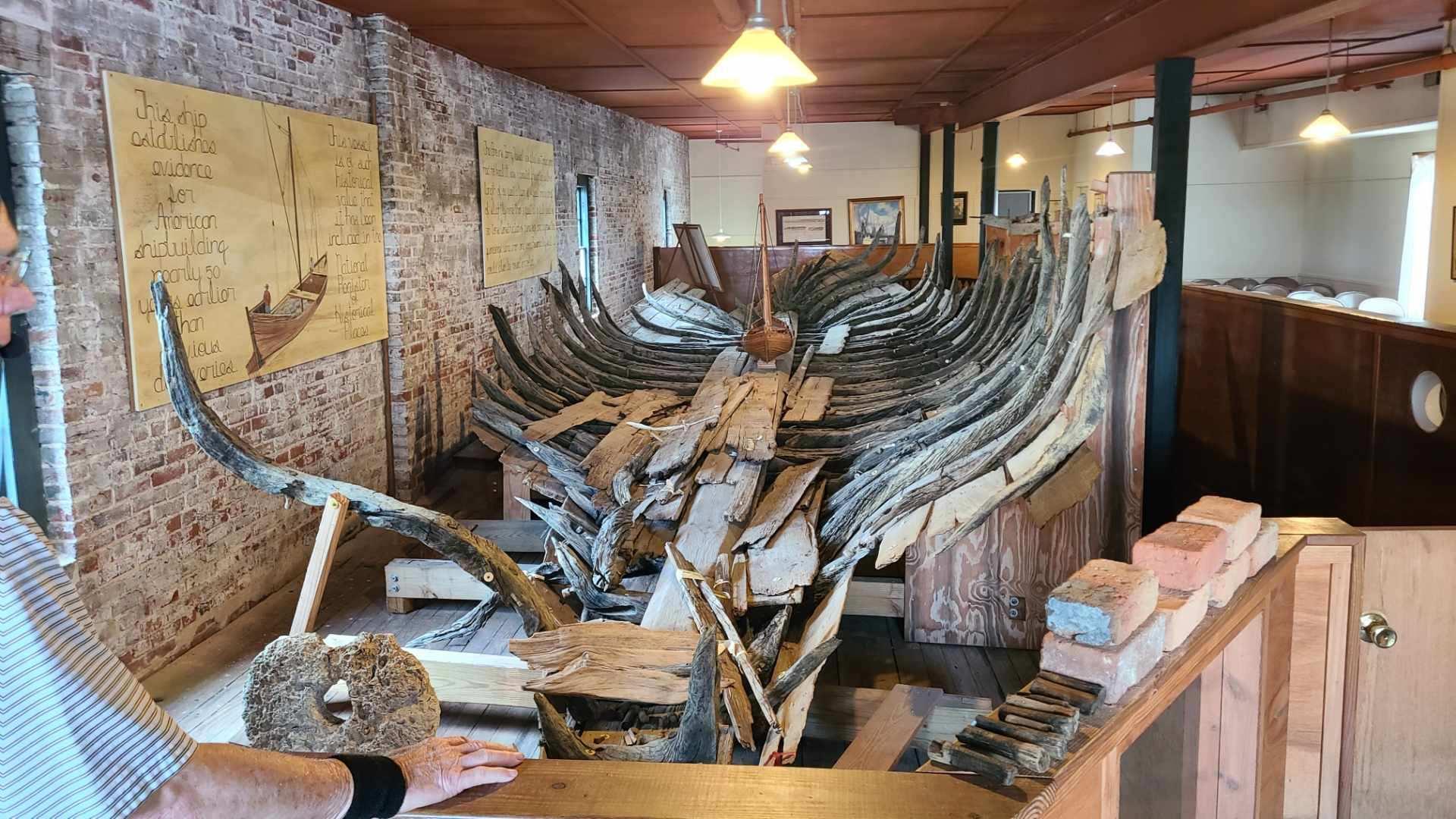ship posting thread, posts ships pls
Post
Note: all from the Star Fighters arcade



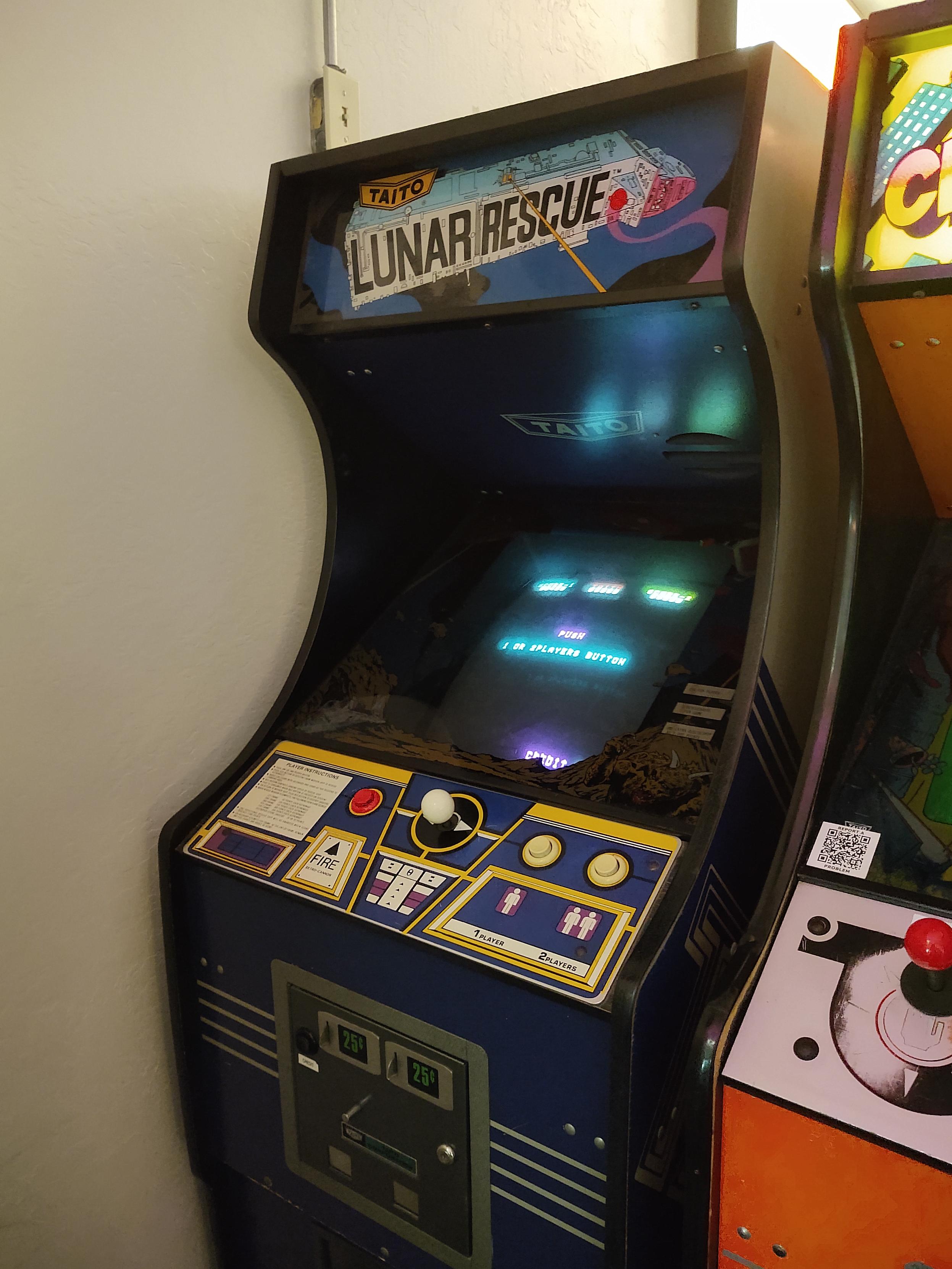
But I also want to put in a good mention for their remodeling of their vessel, though I'm not sure if it's big enough to be a ship.
Their conclusion was that boats lean inwards when turning and ships lean outwards. However, their only example of a "boat" was a speedboat with outboard engines that turned. I think the lean was more caused by the difference between turning the thrust and turning rudders.
Anyway, I struggle with naming. I don't like using yacht, to me it implies a billionaire's toy.
So maybe just Sailing boat?
* Almost anything you can navigate on water is a boat
* If it carries smaller boats (e.g. a tender or a dinghy) it's also a ship
* If it's a pleasurecraft and has sleeping quarters, it's also a yacht
A ship that is also full of ships
The ship that got me into anime, before I even knew what anime was.

why not cats?
ok, here is a cat on a ship
the cat's name is Gussie.
the ship's name is The Mary Day.
https://petsweekly.com/cats/catshome/cool-cats-meet-ship-cat-gussie/
The Sea Shadow, a design stable enough for me to want to sail on it. Too bad it's nothing but iron filings now.
"While sailing the Mediterranean Sea in 1962, the American aircraft carrier USS Independence flashed the Amerigo Vespucci with the light signal asking: "Who are you?" The full-rigged ship answered: "Training ship Amerigo Vespucci, Italian Navy." The Independence replied: "You are the most beautiful ship in the world." In 2022, the Amerigo Vespucci sailed by the American aircraft carrier USS George H.W. Bush, which saluted the ship and commented: "You are still, after 60 years, the most beautiful ship in the world.""
(Personally I love Kruzenshtern the most but since she is now Russian she is sadly a bit cancelled) (yet another reason to hate Putin vehemently)
Real ship this time but also a rapid offensive unit. Billionaire class in this case.
The Akula, on a surprising visit to our small remote little bay earlier this year.
Ugly as sin , but honestly, if I won lottery level money I’d buy it in a heartbeat.
i think this requires reviving this song once again:
Killing Time - Torturer-class Rapid Offensive Unit.
On September 6, 1870, Captain encountered rough seas off the coast of Cape Finisterre and promptly capsized, taking 472 men with her, including Coles.
(actually -)
@cwebber@social.coop
shockingly seaworthy ship
@cwebber@social.coop blocks your trade route cutely
It got famous in 2021
@cwebber@social.coop Battlestar Galactica making out with the USS Constitution in a sort of spring/fall dynamic
this can be sea ships, space ships, or headcanon ships
How about things that aren't technically ships, but are nevertheless shipshape?
https://www.starfightersarcade.com/
For next time you get lost all the way to Phoenix :)
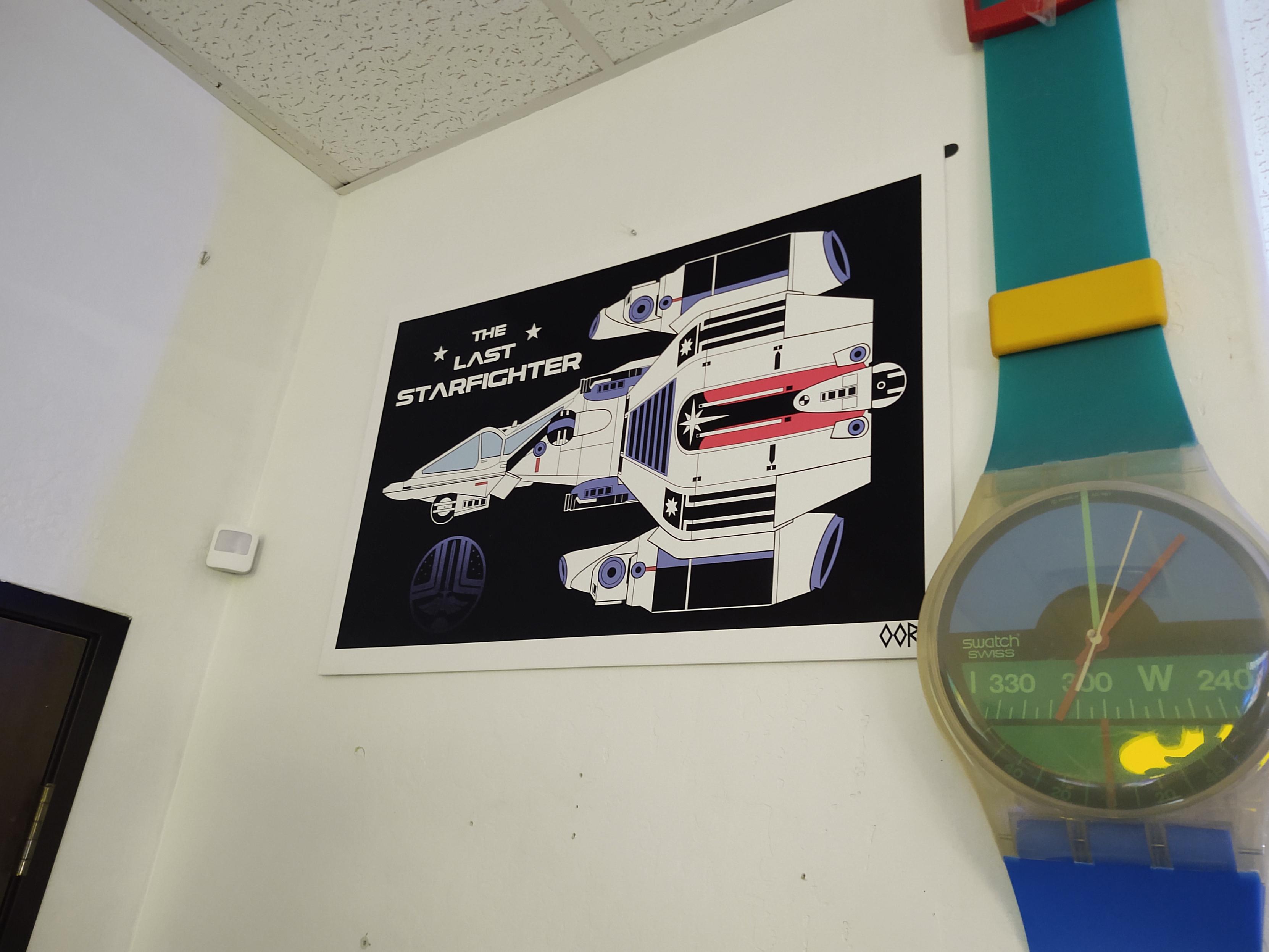
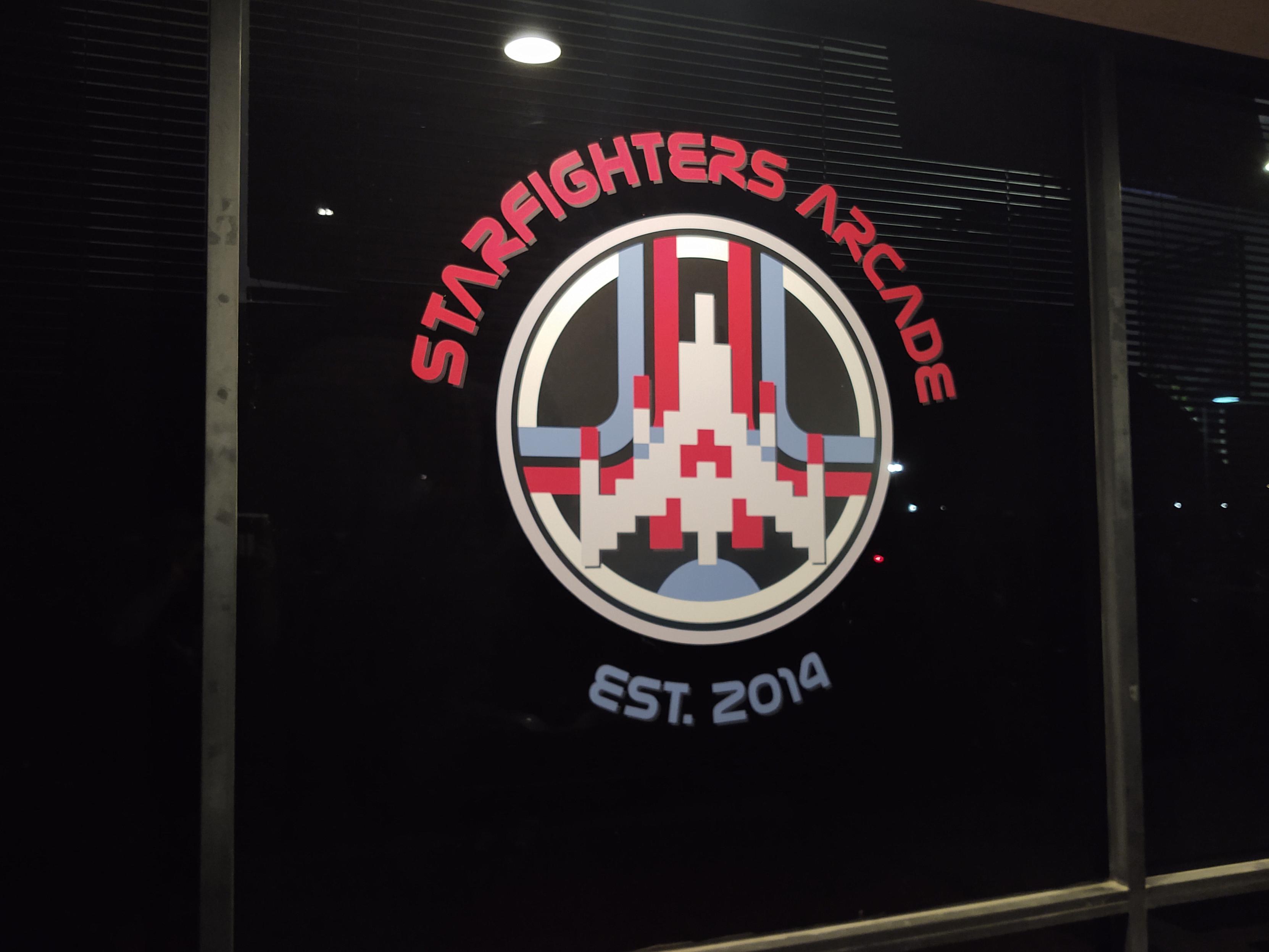
That movie rocked our boats at release. I still marvel at getting the RCS thrusters laid out so interestingly.
bonfire.cafe
A space for Bonfire maintainers and contributors to communicate

